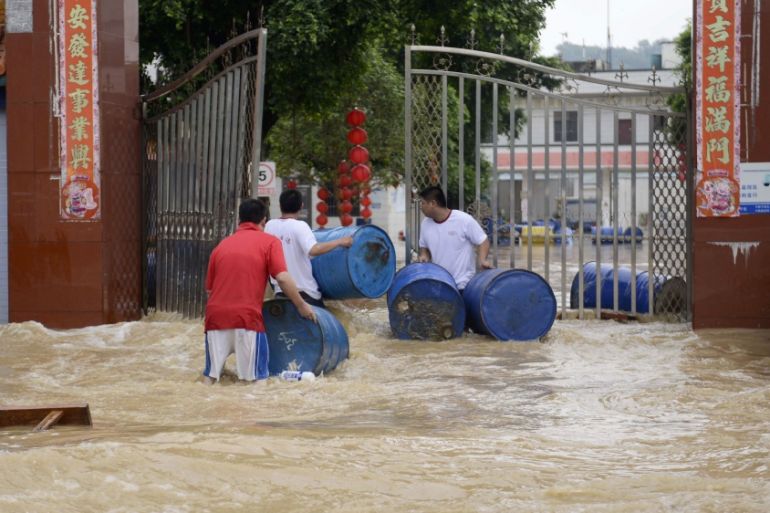The annual ‘Plum Rains’ in East Asia
The seasonal weather system brings much needed rain across East Asia, but often leads to severe flooding.

Each year the people of East Asia await the arrival of the seasonal rains with a mix of anticipation and trepidation.
These spring rains generally arrive in eastern China, Taiwan and Okinawa during the month of May as the moist air over the Pacific meets the cooler continental air mass coming down from the interior. The formation of frontal depressions along the front bring rain across the region, moving back and forth depending on the strength of the cool and warm air masses.
Keep reading
list of 4 itemsHow India is racing against time to save the endangered red panda
The Last Shark
Canada wildfires spur evacuation orders, warnings: What you need to know
Over the next few months, the rains along this almost stationary front migrate to parts of Russia, Japan, the Korean Peninsula and – in the later summer months – to eastern China. The front is known as the Meiyu-Baiu, or the “Plum Rains” as it is known locally.
As the front moves back and forth, there is often very heavy and prolonged rainfall which often leads to flooding, particularly in eastern China, and the heavy rains can frequently lead to mudslides in more rural areas. This year has proved no exception, with the recent heavy rains already causing widespread flooding across parts of Zengcheng district, in Guangzhou province, in the south.
However, in the years when the Meiyu-Baiu does not produce the heavy downpours, this can often lead to drought, which has a far more long-term, negative affect on the region and infrastructure.